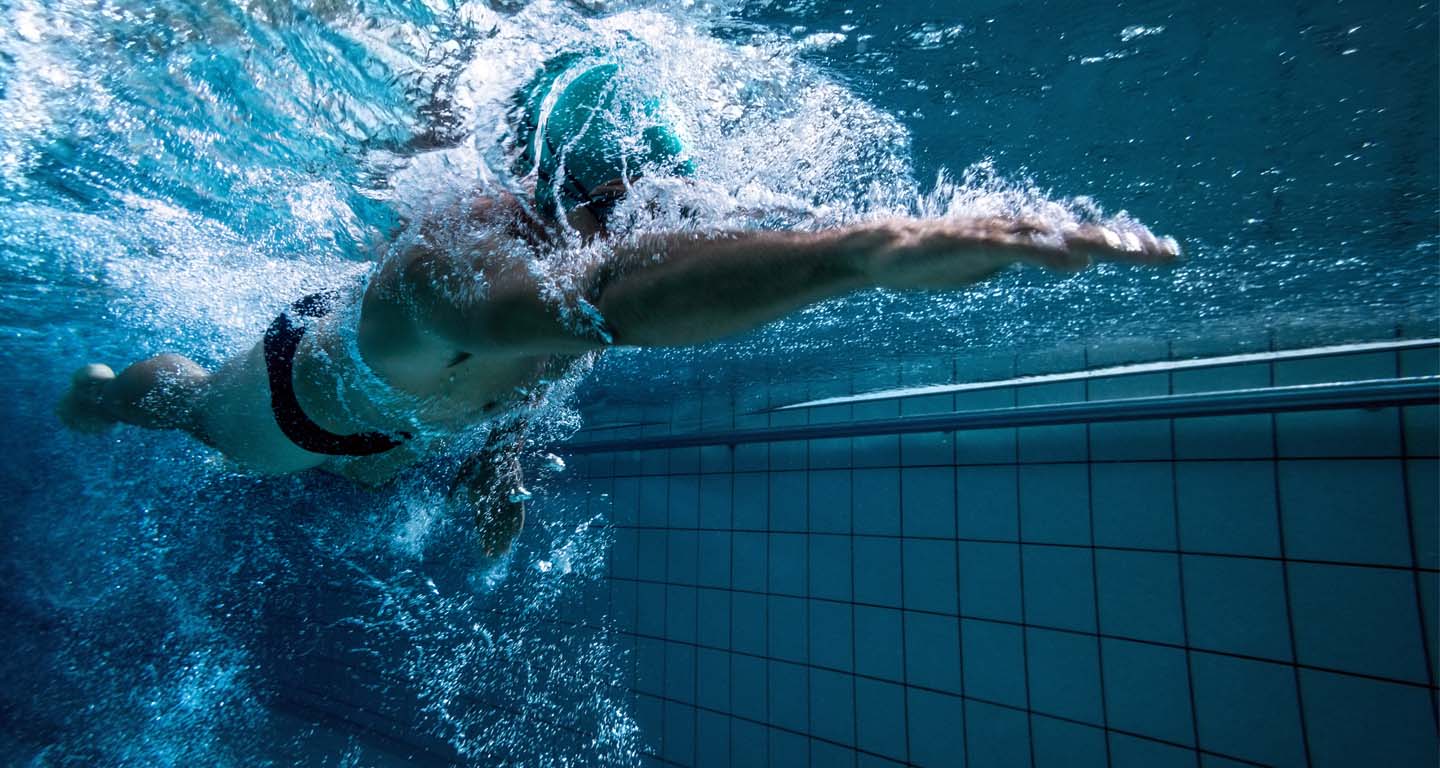Indoor pool dehumidifiers are essential to maintain air quality, protect infrastructure, and ensure the comfort of pool guests. Like any mechanical system, dehumidifiers have a finite lifespan and will eventually need to be replaced.
Knowing when it’s time to replace an indoor pool dehumidifier can be difficult and present a cost that may seem too much to bear, at first. But replacing a failing system when needed can create more savings in the long term.
So, how do you know when your indoor pool dehumidification system needs a refresh?
Signs That an Indoor Pool Dehumidifier Needs Replacement
1. Reduced Efficiency and Performance
If your dehumidifier is no longer maintaining the desired humidity levels despite regular maintenance, it’s a clear sign of declining efficiency. If your system can’t keep up with your dehumidification needs, you run the risk of excess condensation causing structural damage to your facility.
A dehumidifier that turns on and off more frequently than usual, or runs continuously without achieving the set humidity level, is another sign that your system is struggling to keep up. This can lead to much higher energy bills as your dehumidification unit works overtime to keep humidity down.
2. Increased Energy Consumption
A noticeable increase in energy consumption without a corresponding increase in dehumidification suggests that the unit is working harder than it should. Older units often become less energy efficient as they age.
Look at your energy bills and see if they’ve increased over the past few months. If so, it could be a sign that your dehumidifier is aging out of use.
3. Excessive Noise and Vibrations
New or excessive noise during operation, such as clanking, rattling, or buzzing, can indicate mechanical wear and tear. These sounds often point to internal components that are failing.
New or recurring vibrations can signal that the internal components are out of balance or deteriorating. If this happens once, service and parts replacement can likely fix the issue. But a recurring issue means that there’s something in your dehumidifier that’s malfunctioning.
4. Visible Wear and Tear
Indoor pool environments are highly corrosive due to chlorine and moisture in the air. Visible corrosion on the dehumidifier’s components, such as the coils and housing, can compromise its efficiency and structural integrity.
Cracks, dents, or other physical damage can also affect the unit’s performance. Some of these may be beyond repair or causing persistent mechanical issues.
5. Frequent Repairs
Constant Breakdowns: If the dehumidifier requires frequent repairs and servicing, the cumulative cost might approach or exceed the price of a new unit. Multiple repairs in a short period indicate that the system is nearing the end of its useful life.
Unavailable Parts: For older models, finding replacement parts can become difficult or impossible, making repairs impractical.
6. Air Quality Issues
Persistent mold and mildew growth around the pool area suggests that the dehumidifier is not effectively controlling humidity levels. This is a potential health hazard, so it’s important to address this issue quickly.
A musty smell is another potential sign of high humidity and poor air circulation, indicating that the dehumidifier is not functioning properly. This can be unpleasant for guests in the short term, but it may be a sign of an impending, much more serious mold issue.
7. The Age of the Unit
The average lifespan of a pool dehumidifier is around 10-15 years, depending on usage and maintenance. Units nearing this age should be closely monitored for the aforementioned signs.
Newer models often come with improved energy efficiency, better performance, and advanced features such as digital controls and smart home integration. Upgrading to a modern indoor pool dehumidification unit can offer long-term savings and improved comfort.
For more, check out our guide to Choosing a Replacement Indoor Pool Dehumidifier.

